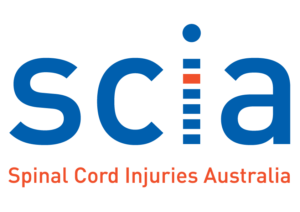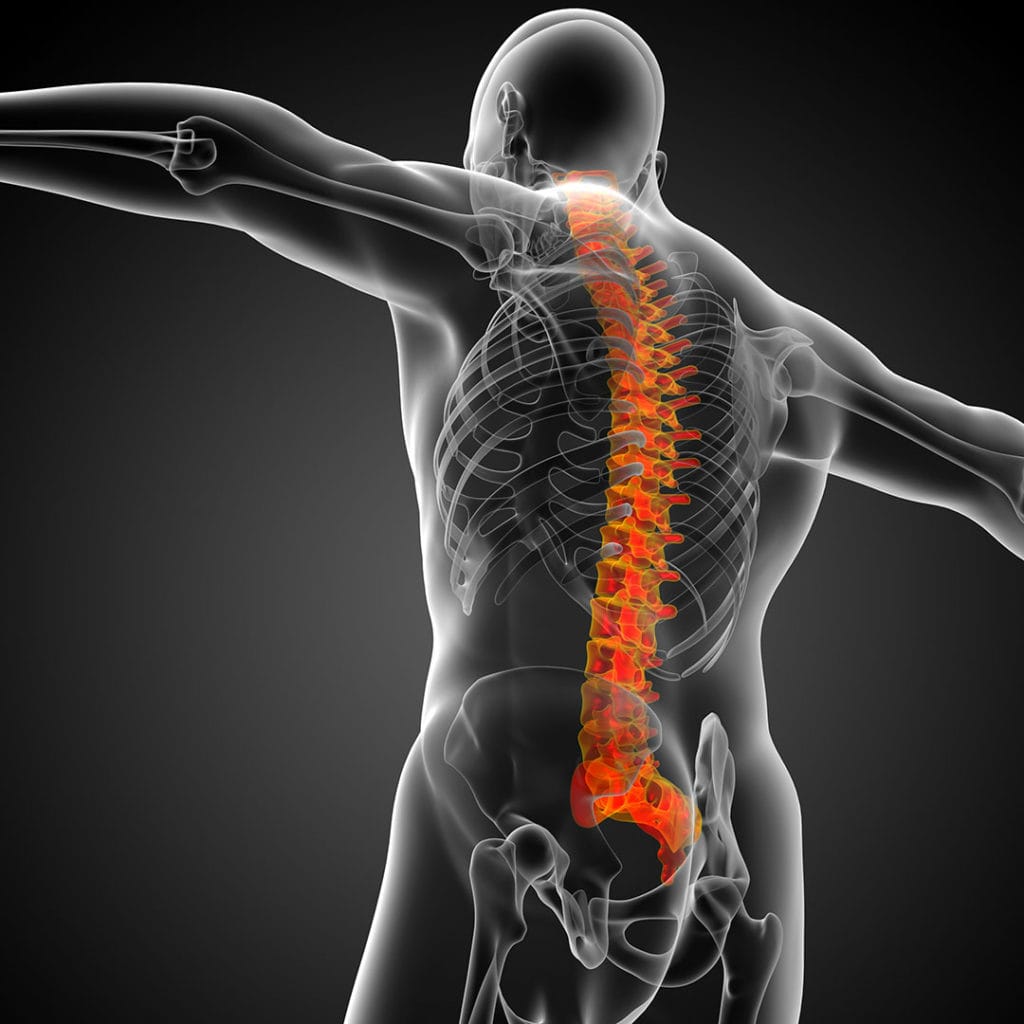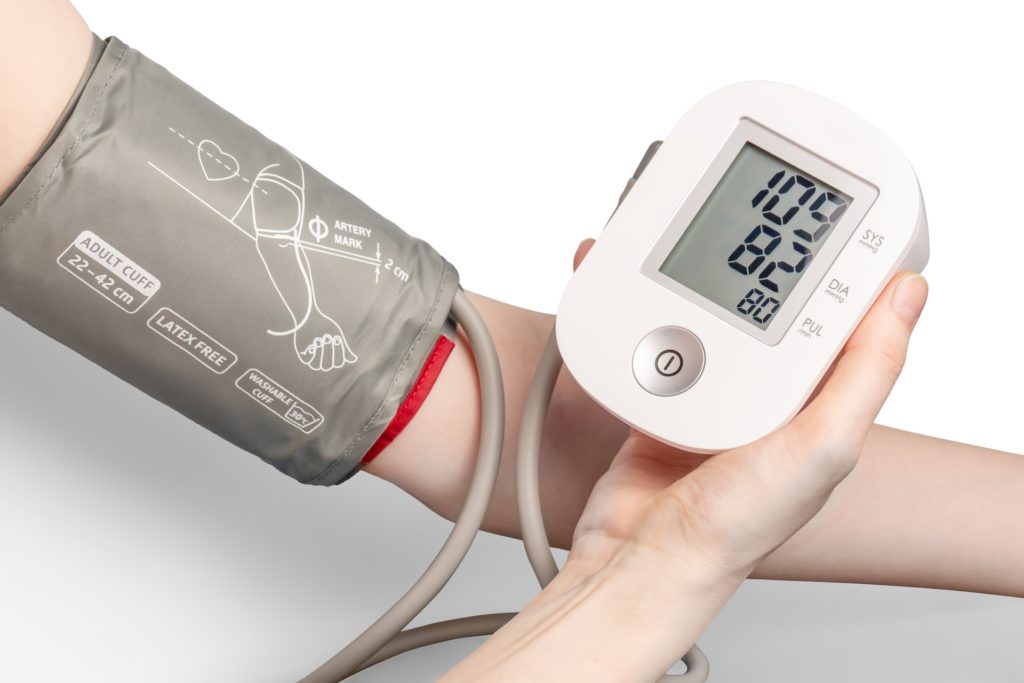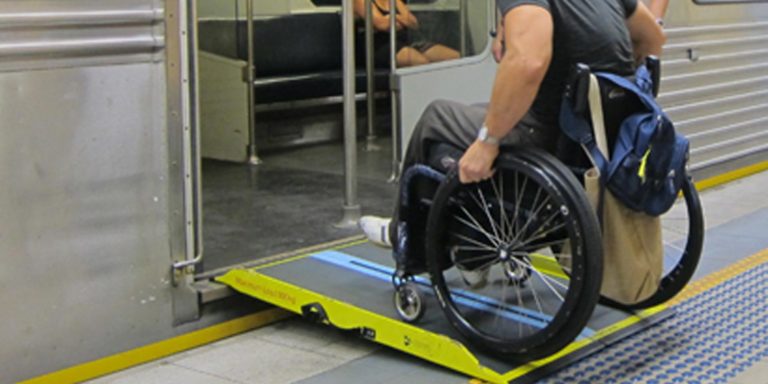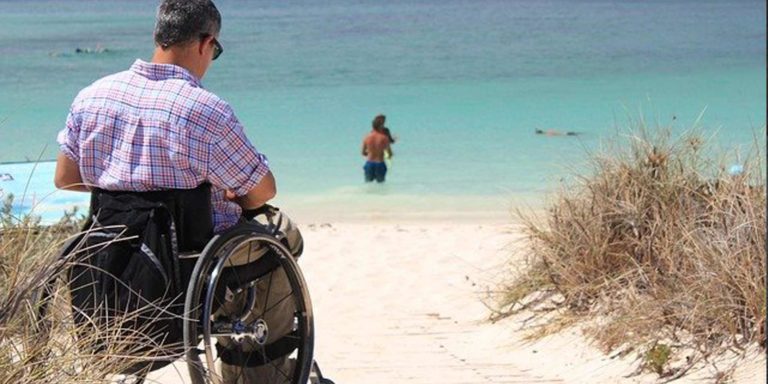Autonomic Dysreflexia (AD) is a severe condition that can occur in individuals with a spinal cord injury at or above the T6 level. As a result, people with injuries at or above T6 are at risk for AD, while people with injuries below T6 may also be at risk for AD in some rare situations.
What can trigger Autonomic Dysreflexia (AD)?
The condition can be triggered by a stimulus below the level of the SCI that the body perceives as harmful or threatening. The body’s natural response to this stimulus is to activate the “fight or flight” response, which results in a sudden and uncontrolled increase in blood pressure.
There are several potential causes of AD in individuals with SCI, including:
- Bladder issues – the bladder is full and needs to be emptied. People who use indwelling (foley) catheters, condom catheters (sometimes referred to as sheaths) or suprapubic catheters usually have a kink/ blockage of urine flow, causing the AD.
- Bowel issues – constipation, flatus (gas), bowel needs emptying, or hemorrhoids are inflamed.
- Skin issues – any pressure ulcer, pinched skin, cut, ingrown toenail, something too hot or cold touching the skin, or another problem, can trigger AD.
- Sexual activity – in some cases, sexual activity can trigger AD.
- Broken bone
- Menstruation (women)
Symptoms of Autonomic Dysreflexia
The rising blood pressure results in many symptoms of AD. The symptoms vary in different persons. There are some reports of no symptoms but high blood pressure during urination, bowel programs, bladder studies (urodynamics), and sperm retrieval. However, people usually experience one or more symptoms below:
- Pounding headache
- Sweating above the level of the injury
- Slow pulse (although rare, a fast pulse can occur)
- Flushing or blotchy skin on the face or upper body
- Goosebumps
- Blurred vision
- Restlessness
- Cold and clammy skin below the level of the injury
- Blurred vision
- Nasal congestion
Some methods to prevent AD
It’s important to be aware of the signs and symptoms of autonomic dysreflexia so that you can recognise them if they occur and seek medical attention promptly. Moreover, good ongoing personal care is the best way to prevent AD.
- Maintain good bowel and bladder function: Constipation, urinary tract infections, and bladder or kidney stones can all trigger autonomic dysreflexia. It’s important to maintain consistent bowel and bladder programs and address any problems that may arise promptly.
- Avoid tight clothing and constricting objects: Tight clothing or objects putting pressure on the skin, like belts, straps or casts, can stimulate the sympathetic nervous system and cause autonomic dysreflexia. It’s essential to wear comfortable, non-restrictive clothing and to check for any tight or constricting objects on the body.
- Check your skin daily: Check your skin daily for pressure ulcers, and do regular pressure reliefs (also called weight shifting, pressure redistribution and pressure reduction) to prevent pressure ulcers.
- Avoid other skin injuries, such as cuts, bruises and sunburn.
- Minimise the risk of falls and injuries using good techniques and well-functioning equipment to minimise the risk of falls and injuries.
The post lists a part of the factsheet on Autonomic Dysreflexia from the Model Systems Knowledge Translation Center (MSKTC). Please read the full article on the MSKTC or access our factsheet about AD. Additionally, our Peer Support team will be happy to help you with non-clinical, practical advice and lived experience of physical disability.
Declaimer: The post’s content is only for informational and educational purposes. Please consult your doctor or other health professionals to ensure this information is right for you.
Source: MSKTC
